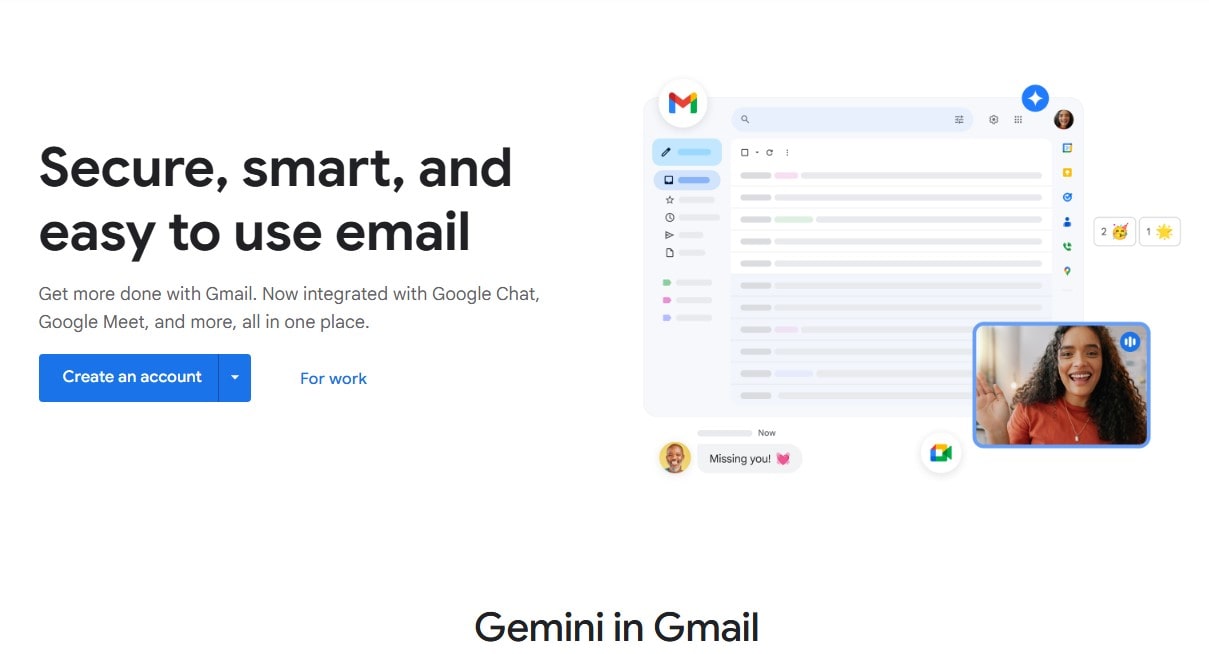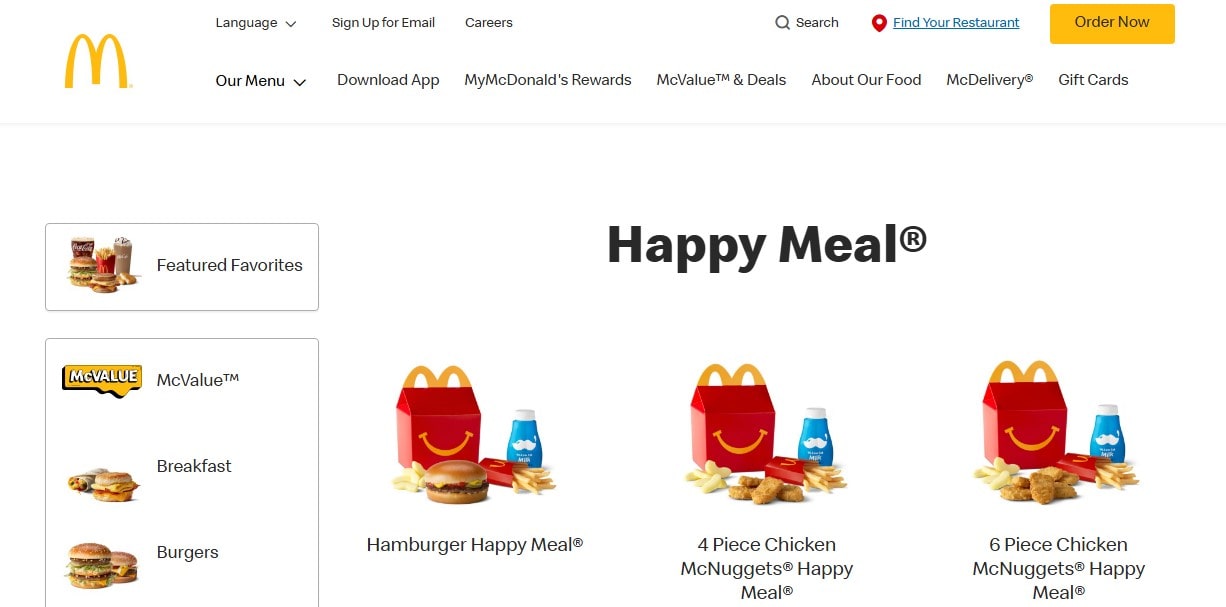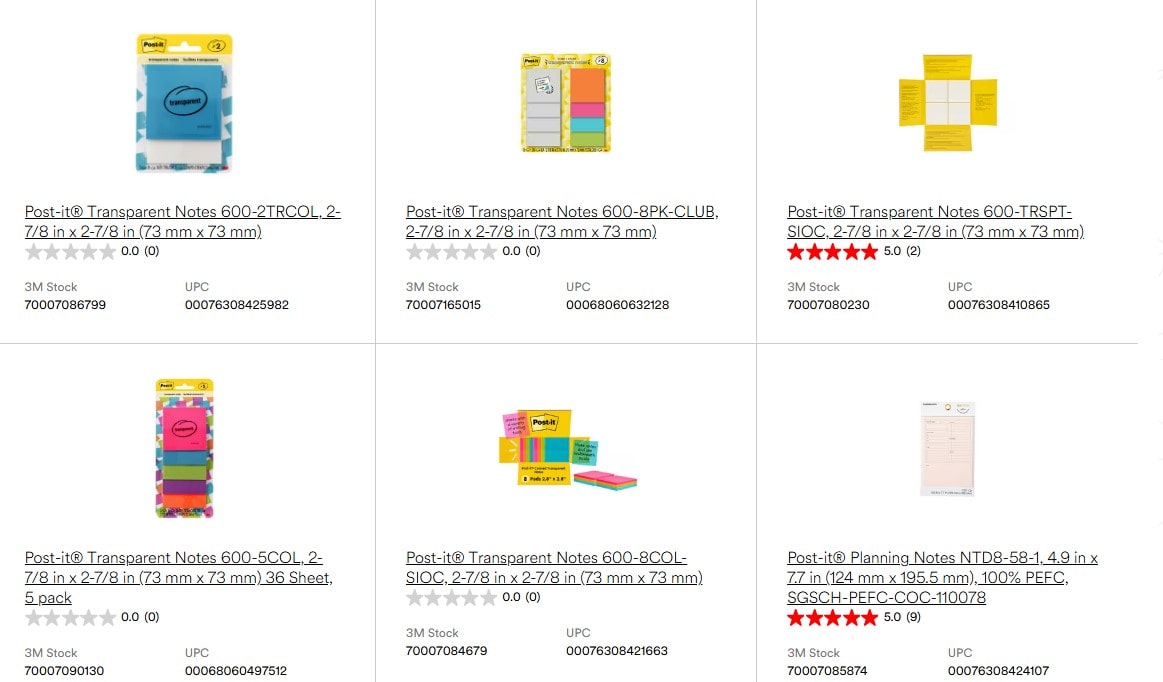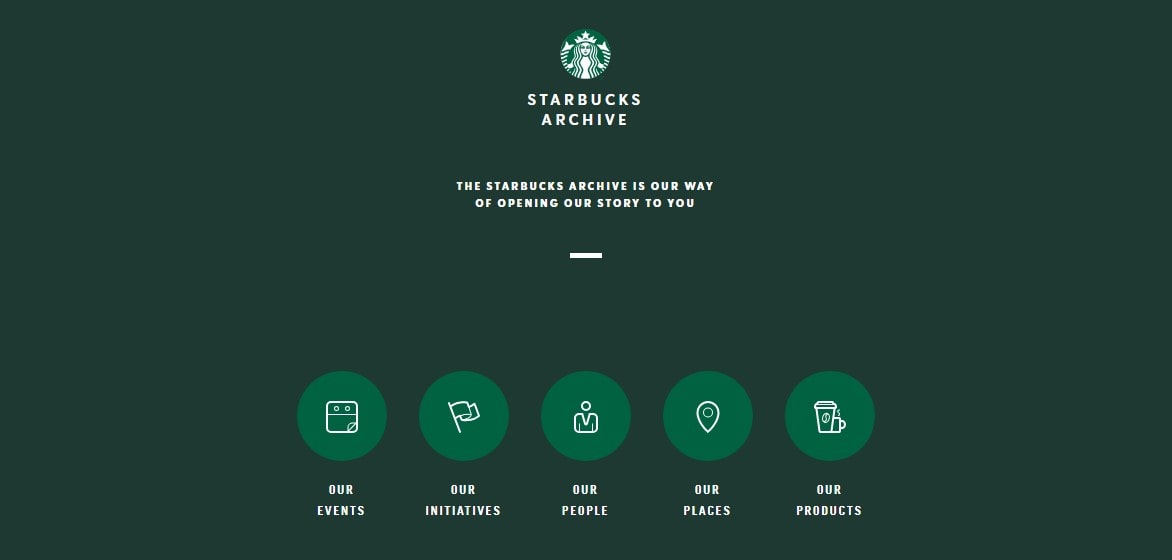In business, ideas are gold. But not every company knows how to dig them up. That’s where intrapreneurship comes in—it’s like having a team of hidden innovators inside your company, turning everyday thoughts into game-changing solutions. Think of Amazon Prime, Gmail, or even the Happy Meal—none of these came from CEOs brainstorming in fancy offices. Nope, they started as wild ideas from regular employees who refused to take “no” for an answer.
Plerdy gets it—your website thrives when you analyze and optimize what’s working. Just like companies that embrace intrapreneurship, businesses using Plerdy tap into hidden opportunities, turning small tweaks into massive wins. So, let’s dive into the craziest, boldest, and most unexpected intrapreneurship success stories. Who knows? Maybe your next office idea could be the next billion-dollar hit.
What Is Intrapreneurship?
You ever look at a company and think, “Man, they should totally do this differently”? That’s where intrapreneurship comes in. It’s when employees don’t just do their job—they innovate from the inside. They spot problems, come up with ideas, and make things better. And the best part? They don’t need to quit their job and start a new business. They do it right where they are.
Now, don’t confuse intrapreneurship with entrepreneurship. Entrepreneurs build something from scratch. Intrapreneurs? They take an existing company and shake things up from within. Think Richard Montañez at Frito-Lay. The guy was a janitor. One day, he saw that no snacks catered to Latino customers, so he spiced up some Cheetos, pitched his idea, and boom—Flamin’ Hot Cheetos became a billion-dollar success.
Big companies love intrapreneurship because it keeps them ahead. Google’s 20% time led to Gmail. Amazon’s employee ideas turned into Prime. Businesses that embrace innovation don’t just survive—they dominate.
Famous Examples of Intrapreneurship and Employee-Driven Innovation
Amazon Prime – A Perfect Example of Intrapreneurship

Amazon Prime wasn’t born in a corporate strategy meeting. It started as an intrapreneurship idea—one employee spotting a gap and pushing for change. Back in the early 2000s, Charlie Ward, an Amazon engineer, saw that customers wanted faster delivery but hated paying for shipping every time. His innovation? A subscription model offering two-day shipping as a premium service.
At first, Jeff Bezos wasn’t thrilled. Giving customers unlimited fast shipping for a flat fee? It sounded financially insane. But intrapreneurship thrives in environments where bold ideas get tested, not shut down. Instead of dismissing the idea, Bezos gave Ward the green light to develop it. In 2005, Amazon Prime launched—and changed e-commerce forever.
Now, Amazon Prime generates over $19 billion annually, with 200 million+ subscribers worldwide. It redefined customer expectations, making fast shipping the norm. More importantly, it proved that intrapreneurship-driven innovation inside big companies can lead to game-changing success. One employee, one idea, and a whole new business model—this is what intrapreneurship is all about.
Flamin’ Hot Cheetos – From Janitor to Executive

Not every game-changing innovation starts in a boardroom. Sometimes, it begins with a janitor and a bag of plain Cheetos. Richard Montañez wasn’t a product developer at Frito-Lay. He was cleaning floors for $4 an hour. But he had an idea—one that would change the snack industry forever.
Montañez noticed something missing. No spicy snacks targeted Latino consumers. So, he took home unseasoned Cheetos, made his own chili mix, and tested it on his family. They loved it. That’s when his intrapreneurial mindset kicked in—he didn’t just enjoy his creation, he saw a business opportunity. And instead of staying quiet, he called the Frito-Lay CEO. Crazy, right? But the CEO listened.
When Montañez pitched his idea, he wasn’t a marketing expert. He didn’t have a fancy business plan—just a homemade suit and a vision. But innovation doesn’t wait for perfection. His idea led to Flamin’ Hot Cheetos, now a billion-dollar product. And Montañez? He went from janitor to VP at PepsiCo. That’s intrapreneurship — spotting a problem, creating a solution, and having the guts to pitch it.
Gmail – Intrapreneurship and Google’s 20% Rule

Gmail didn’t start as a big corporate plan. It was an intrapreneurship experiment inside Google. Back in the early 2000s, Paul Buchheit, one of Google’s engineers, had an idea—an email service with huge storage, fast search, and no annoying ads. He worked on it using Google’s 20% rule, a policy that let employees spend part of their time on new innovations.
At first, many inside Google weren’t sure about it. Web-based email wasn’t popular, and competitors like Yahoo Mail and Hotmail were already dominating. But intrapreneurship is about pushing an idea even when others doubt it. Buchheit and his small team kept working, refining Gmail’s search-powered inbox and introducing 1 GB of free storage—a game-changer when most email services offered just a few megabytes.
Gmail launched in 2004, and today, it has over 1.8 billion users worldwide. This is the power of intrapreneurship — one person, one innovative idea, and a company willing to let employees experiment. Without that freedom, Gmail might not exist today.
Sony PlayStation – Intrapreneurship That Transformed Gaming

Ken Kutaragi wasn’t some high-level executive with power to push decisions. He was a Sony engineer with an idea—a vision for a gaming console at a time when Sony had zero interest in gaming. The company was focused on TVs, cameras, and audio tech, and executives didn’t see gaming as a profitable industry. But intrapreneurship is all about seeing opportunities where others don’t, and Kutaragi wasn’t about to let his idea die.
Instead of dropping it, he worked on a gaming chip in secret, pushing innovation from within. When Sony’s leadership found out, they weren’t thrilled. Gaming wasn’t part of their strategy. But Kutaragi kept pushing his intrapreneurial vision, proving that innovation could come from within the company, not just from startups. Eventually, he convinced Sony to take a chance.
In 1994, PlayStation was born, and by 2005, over 100 million units were sold. Today, Sony is one of the biggest names in gaming, with PlayStation generating over $45 billion in revenue annually. This is a textbook example of intrapreneurship — one person’s persistence turning an overlooked idea into a market-changing innovation.
McDonald’s Happy Meal – An Intrapreneurship Idea That Made Billions

Dick Brams wasn’t a global strategist at McDonald’s HQ. He was a regional manager who saw a simple but game-changing idea—a meal designed just for kids. At the time, McDonald’s was all about burgers and fries for everyone, but Brams recognized an untapped market. His intrapreneurship mindset pushed him to turn this small innovation into a company-wide success.
He pitched the Happy Meal concept—a kid-sized meal with a fun toy inside. Executives weren’t sure. Would parents buy it? Would it mess with McDonald’s traditional menu? But intrapreneurship is about persistence, and Brams convinced them to test it. In 1979, the Happy Meal launched nationwide, and the results? Explosive.
Today, McDonald’s sells over 1 billion Happy Meals per year, making it one of their most profitable innovations. It’s not just a meal—it’s a marketing powerhouse. From Disney partnerships to limited-edition collectibles, the Happy Meal shows how a single intrapreneurial idea can reshape an entire brand.
3M Post-it Notes – An Intrapreneurship Story of Accidental Innovation

Sometimes, the best innovation happens by accident. That’s exactly how 3M’s Post-it Notes were born. Back in 1968, Spencer Silver, a scientist at 3M, developed a weak adhesive that didn’t seem very useful. It stuck, but not too well. Not exactly the breakthrough idea he was hoping for.
Years later, Art Fry, another 3M employee, got frustrated when his bookmarks kept falling out of his choir hymnbook. That’s when intrapreneurship kicked in—he remembered Silver’s adhesive and realized it was perfect for reusable sticky notes. Instead of throwing away a “failed” innovation, Fry turned it into a billion-dollar product.
3M didn’t jump on the idea right away. It took years of internal innovation before Post-it Notes finally hit the market in 1980. Now? Sales exceed $1 billion annually, and the tiny yellow squares are everywhere—from home offices to corporate boardrooms. Proof that intrapreneurship can transform even a “useless” innovation into an everyday essential.
Starbucks Name-on-Cup Initiative – Personalization Meets Intrapreneurship

Imagine walking into a coffee shop, ordering your favorite drink, and hearing your name called. That small moment? It’s not just service—it’s brilliant intrapreneurship at work. A Starbucks barista came up with a simple but game-changing idea: write customer names on cups to make orders feel more personal. No corporate strategy, no high-budget marketing—just a small innovation that reshaped customer experience.
This intrapreneurship-driven move spread across 30,000+ Starbucks stores globally, turning each cup into a mini marketing tool. Customers started sharing their drinks on social media, sometimes laughing at misspelled names (yes, “John” becoming “Jawn” was free publicity). And it worked—customer loyalty surged, and Starbucks became more than coffee. It became a brand built on personal connections.
One small innovation, a massive impact. This is what intrapreneurship looks like—solving problems with fresh ideas and turning them into global successes.
Southwest Airlines – Turning Safety Announcements into Innovation

Most passengers ignore pre-flight safety instructions. It’s a routine, boring script—until Martha Cobbs, a Southwest Airlines flight attendant, added humor. Instead of robotic announcements, she cracked jokes, played with words, and kept passengers entertained. A simple idea, but it turned into a brilliant intrapreneurship move.
Southwest didn’t shut it down. Instead, they encouraged other employees to be creative. Soon, funny, engaging safety speeches became part of the airline’s brand. The result? A $140 million boost in customer loyalty. People chose Southwest not just for the flights but for the experience.
This is how intrapreneurship works—finding small innovations that make a huge impact. A scripted speech turned into a viral sensation, proving that sometimes, the best business innovation isn’t about technology or money. It’s about people taking risks with ideas that change how we experience brands.
The Key Factors Behind Intrapreneurial Success
Intrapreneurship is not just about having an idea—it’s about bringing it to life. Some of the most successful innovations came from employees who had space to experiment, fail, and try again. But not every company supports this. So, what makes an organization intrapreneur-friendly?
1. Supportive Leadership
If leadership doesn’t care, intrapreneurs won’t dare. When companies value new ideas, employees feel motivated to push boundaries. Elon Musk, for example, encourages Tesla engineers to challenge norms, leading to game-changing innovation.
2. Encouraging Risk-Taking
Failure is part of success. Amazon’s Jeff Bezos once said, “If you’re not willing to fail, you’ll never innovate.” Their internal idea incubators give employees freedom to experiment without fear of punishment.
3. Innovation Programs
Google’s 20% time rule—where employees use 20% of their workweek on personal projects—led to Gmail and AdSense. Amazon’s “Just Do It” awards recognize bold intrapreneurial ideas, boosting engagement and creativity.
4. Resource Availability
An idea without resources stays an idea. Companies investing in mentorship, funding, and tech tools see more successful intrapreneurial projects. Without support, even the most brilliant innovation fades away.
When companies embrace intrapreneurship, they don’t just stay competitive. They lead.
How Companies Can Foster Intrapreneurship

Great innovation doesn’t happen in a vacuum. It needs space, support, and a system that helps ideas grow. Many companies say they want intrapreneurship, but their structures kill creativity before it even starts. How can businesses make sure intrapreneurs get a real chance to succeed?
Create Open Channels for Ideas
If there’s no place to pitch an idea, it won’t survive. Companies like Google have internal platforms where employees submit and refine innovations. Even Facebook’s famous hackathons started as a way to let employees explore wild concepts without fear.
Offer Incentives and Recognition
Why should employees take risks if they get nothing in return? Amazon gives internal funding to test employee-driven innovation, while 3M celebrates intrapreneurs with promotions. Money matters, but so does career growth.
Reduce Bureaucracy
No one wants to fight through layers of approval just to test a small idea. Tesla gives engineers the freedom to prototype with minimal paperwork, speeding up innovation. Less red tape, faster progress.
Encourage Cross-Department Collaboration
The best ideas often happen when different minds collide. Apple’s design and engineering teams work closely, ensuring that innovation happens at every level. When marketing meets tech, or sales connects with R&D, breakthroughs happen.
Conclusion
Success isn’t just about big budgets and fancy offices. It’s about bold ideas, a bit of risk, and companies that actually listen to their people. Intrapreneurship isn’t some corporate trend—it’s how businesses stay ahead. Look at Sony PlayStation, born from one engineer’s persistence. Or McDonald’s Happy Meal, a simple idea that turned into a billion-dollar success.
What’s the lesson? Innovation doesn’t need a C-level title. It can start anywhere—in a meeting, a side project, even a casual chat over coffee. The trick is, companies must create space for these ideas to grow. No red tape. No “that’s not how we do things.” Just real support.
For employees, this means one thing—speak up. Your idea might just be the next big thing. And for businesses? Invest in intrapreneurs. Encourage innovation. Because the companies that do? They don’t just survive. They lead.


 300+ G2 reviews
300+ G2 reviews